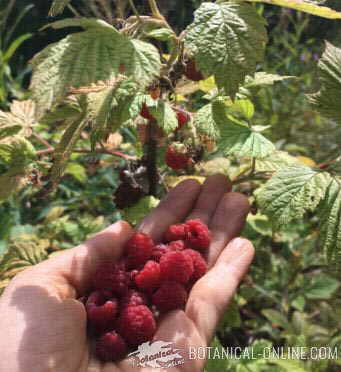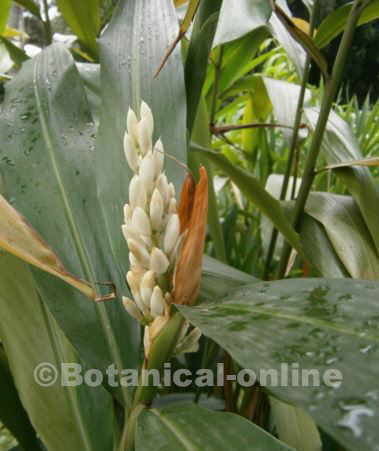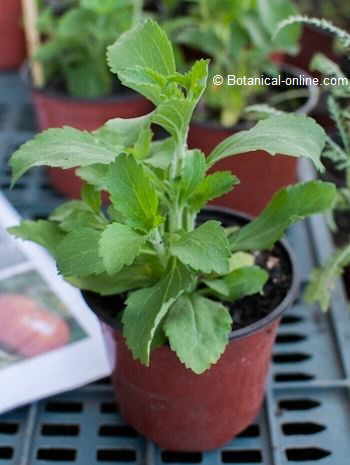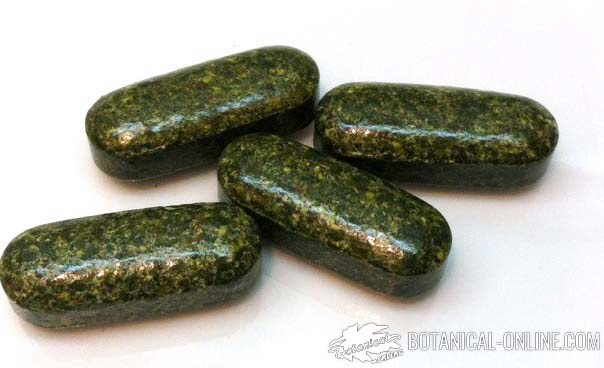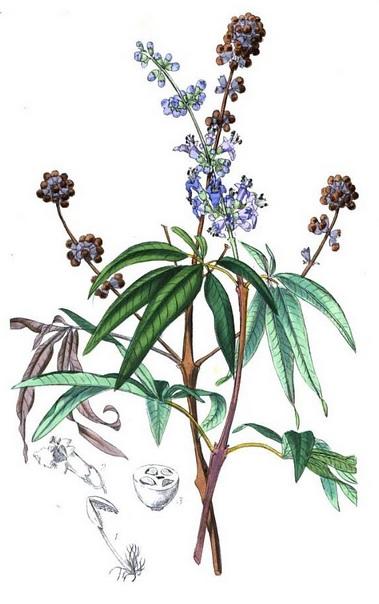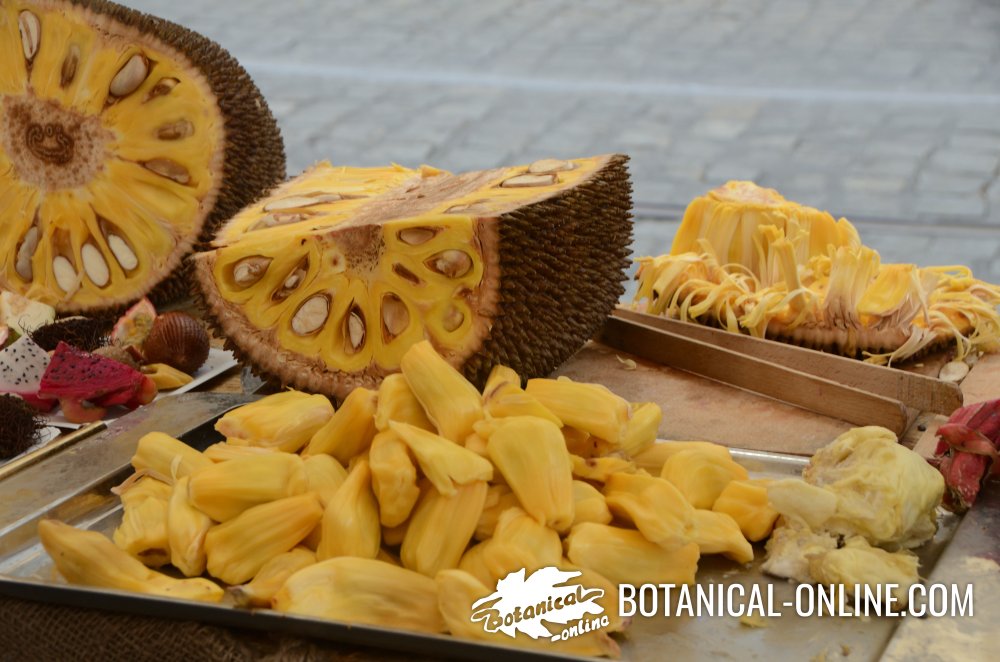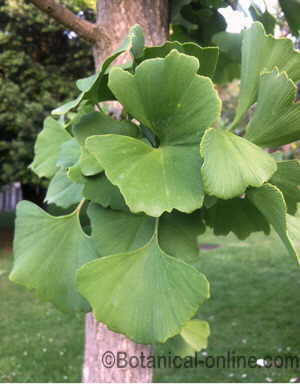Contents
Characteristics of yam
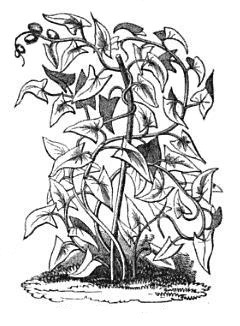
What is yam?
Yam is a genus of plants belonging to the family of Dioscoreaceae, which is used in herbal medicine, and some species in food.
The species of medicinal yam is wild yam (Dioscorea villosa). It employs the tuber, which is rich in starch, minerals and steroid saponins.
The various names given to this plant can suggest some clues about its medicinal use. In English, yam is also called colic root, devil’s bones, and rheumatism root.
The main uses of the plant are to treat pain and menstrual cramps, arthritis pain and symptoms of menopause.
Some types of yams taste good consumed in the diet, although usually its diosgenin content (bitter principle) is much lower than in wild yam, and is further reduced during cooking. The main species of edible yam are: D. alata, D. bulbifera, D. cayenensis, D. opposita, D. esculenta and D. rotundata.
For its nutritional value and its contribution of easily digestible carbohydrates and B vitamins, they are especially used in diets for tiredness, fatigue, depression, anxiety or stress.
| YAM AS A FALSE SUBSTITUTE FOR HORMONE THERAPY |
| In recent times, some species of yam (D. villosa, D. floribunda and D. Composite) have received considerable interest from the pharmaceutical industry. The saponins contained in the tuber are used to make oral contraceptives, steroid hormones (estrogen and dehydroepiandrosterone or DHEA) and cortisone. However, the human body is unable to convert diosgenin to hormones. Yam is not a substitute for estrogen hormone therapy. |
Yam to reduce menopause symptoms
Yam for biliary colic
- Biliary colic: yam, known as “colic root”, has beneficial effects on the liver and biliary colic. The tuber has saponins with anti-inflammatory, antispasmodic and hepatoprotective. In a scientific study, diosgenin extract showed cholagogue effect that increased biliary cholesterol removal.
The yam root is used to treat various ailments, especially colic, diverticulitis, flatulence, irritable bowel syndrome, ulcers and to relieve menstrual pain.
Other medicinal benefits of yam
- Relieve arthritis and muscle pain: Numerous studies have evaluated the antirheumatic potential of diosgenin to treat rheumatism and arthritis pain. From its medicinal tradition for these purposes arises their English name rheumatism root due to its anti-inflammatory effect (regulator of cyclooxygenase 2 (COX2), a modulator of inflammation in the body).
Indeed, this plant seems to be a good ally to relieve acute pain of these diseases. (Apply the oil and crushed tubercle externally in poultice or plaster on the painful area)
- For gastritis and stomach ulcers: in Traditional Chinese Medicine, yam (D. opposita) is a popular food for its beneficial properties for the stomach. It has allantoin, a substance naturally healing, accelerating the wound healing process and makes it suitable for treating gastritis, ulcers and stomach pain. For its wealth of carbohydrates, is a food easy to digest.
- Lowering cholesterol levels: diosgenin contained in the tuber reduces the absorption of dietary cholesterol in the intestine. Scientific studies have shown that a diet rich in yam is beneficial for cholesterol, because of its antioxidant, hepatoprotective and a good remedy to reduce “bad” cholesterol.
- Diuretic: because it contains saponins, yam is a mild diuretic.
- For osteoporosis: a study of aqueous extract of Dioscorea spongiosa showed diosgenin properties, also present in other species of yams, to treat osteoporosis. Among other improvements, the proliferation of osteoblasts and bone marrow cells.
In the same study, diosgenin showed positive effect to accelerate remielinization of brain cells (oligodendrocytes). These results suggest that the yam is a good food in osteoporosis and in diseases caused by the loss of myelin and multiple sclerosis.
This component of the yam, diosgenin, has also been shown to be a natural regulator of calpain, substances involved in many body functions. The levels of calpain disorders related to Alzheimer’s disease, nerve damage, diabetes and cataract.
 Dosage and usage
Dosage and usage
- Infusion: 1-2 teaspoons of powdered bark per cup of boiling water, 3 times daily. Sweet it with honey. You can cover the bitter taste with lemon juice.
- Capsules: you can buy capsules or tablets of dried root. Usually acquired in doses of 500mg. of dried root per capsule. You should take 3 times a day with meals.
- Tincture: 2 to 4ml. 3 times daily.
Only some yams are suitable food for human consumption: some wild yams are not edible.
![]() More information about yam.
More information about yam.

 Dosage and usage
Dosage and usage